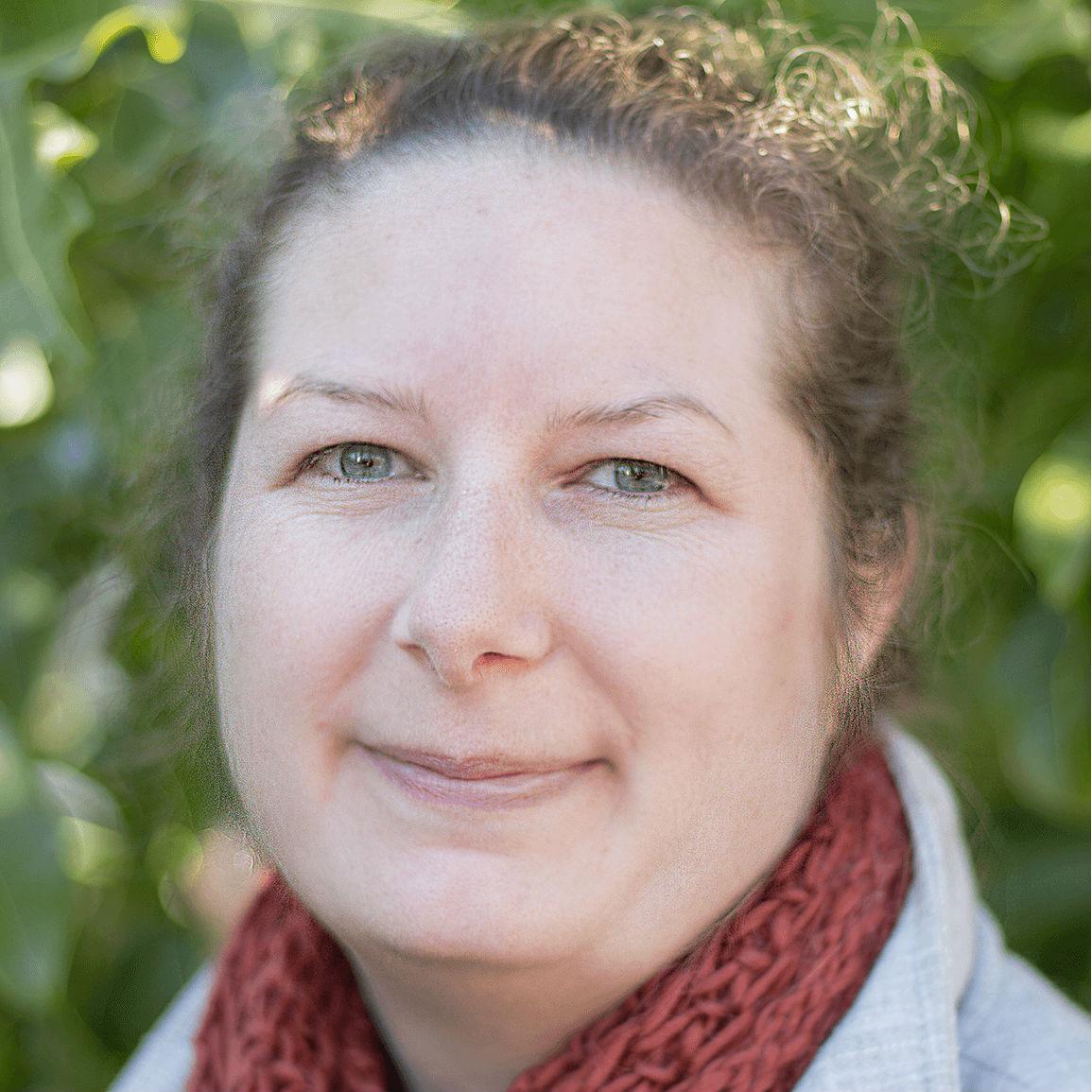Understanding the true impact of bushfires on our Koala population

The recent bushfires have been devastating for affected communities and have also significantly impacted many species of wildlife across Australia, including koalas.
Many of these bushfires have occurred in koala habitat, and because koalas are eucalypt specialists and rely upon eucalypt trees for food, water and shelter, they are particularly vulnerable. The last months of 2019 saw large bushfires start in areas of koala habitat in Queensland, New South Wales, and Victoria. South Australia had both the Cudlee Creek bushfire in the Adelaide Hills and the Kangaroo Island bushfire, both of which had a devastating impact on the local community.
These fires in Queensland, New South Wales, Victoria and South Australia have resulted in the rescue and treatment of many koalas that have been burnt (often the footpads), or left dehydrated and hungry in the days following. These rescues have largely relied on the tireless dedication of experienced koala rescue volunteers, and willingness of wildlife parks, wildlife hospitals, zoos and private veterinary clinics to receive hundreds of patients for treatment and care. Koala joeys that have been orphaned are fed and cared for, and adult koalas are released to safe areas when they have recovered from their injuries. However many koalas in the bushfire regions have died, unable to escape the large fire fronts.
The extent of the impact of the bushfires on koala populations across Australia is significant. Prior to the start of this bushfire season, koalas were as a species classified as vulnerable. However based on the reports of animals lost, it is likely that they may have to be reclassified once we can more accurately estimate the remaining numbers. In addition, koalas are already facing threats such as habitat loss and fragmentation due to urbanisation, motor vehicle accidents and diseases such as Chlamydia. The impacts of these threats are particularly important in some eastern koala populations that have been found to have high genetic diversity, and hence are vital for the long term survival of the species.
In early 2019, a PhD candidate from our School of Animal and Veterinary Sciences koala research group, Jessica Fabijan, found that Kangaroo Island koalas were Chlamydia-free, providing the good news that there was a large, isolated population of unaffected, healthy koalas in Australia. Unfortunately, a large proportion of the koalas in Kangaroo Island have died in the recent fire that burned through a large area of koala habitat. Cleland Wildlife Park in the Adelaide Hills has taken in 28 of the survivors in order to establish a disease-free mainland population.
As we move forward from this difficult bushfire season and beyond, groups of koala researchers, government personnel, koala rescuers, veterinarians and ecologists will be looking to understand the true impact of these events on the koala populations of Australia and what strategies need to be implemented to look after the remaining koalas and their habitat into the future.
Featured researcher
Dr Natasha Speight
Lecturer
School of Animal and Veterinary Science
Faculty of Sciences
Start your career
The University of Adelaide prepares the next generation of science professionals to become environmental advocates, committed to building a sustainable future. We lead internationally significant environmental research that deepens our understanding of the planet and work together with co-located research and industry partners. Our graduates go on to play a vital role in discovering new solutions to global environmental problems.

